While many of you might say to us that “Aren’t you a little too over obsessed with the SR-71 Blackbird and are dishing out way too more about it?” Well, guys, you are certainly right but come on, think about it. This is an aircraft that was created in the 60s and it manages to surpass even many of the fifth-generation fighters of today in terms of speed power and other capabilities. Why is it that we should not be obsessed with it, it is certainly the best thing that aviation engineering could come up with.

On this note, we present another list of the surprising facts you didn’t knew about SR-71 Blackbird part 3). If you thought that the last lists were amazing, check a load of these facts that make it seem as if a fantasy aircraft has become a reality.
Sensors in same place as R2D2:-
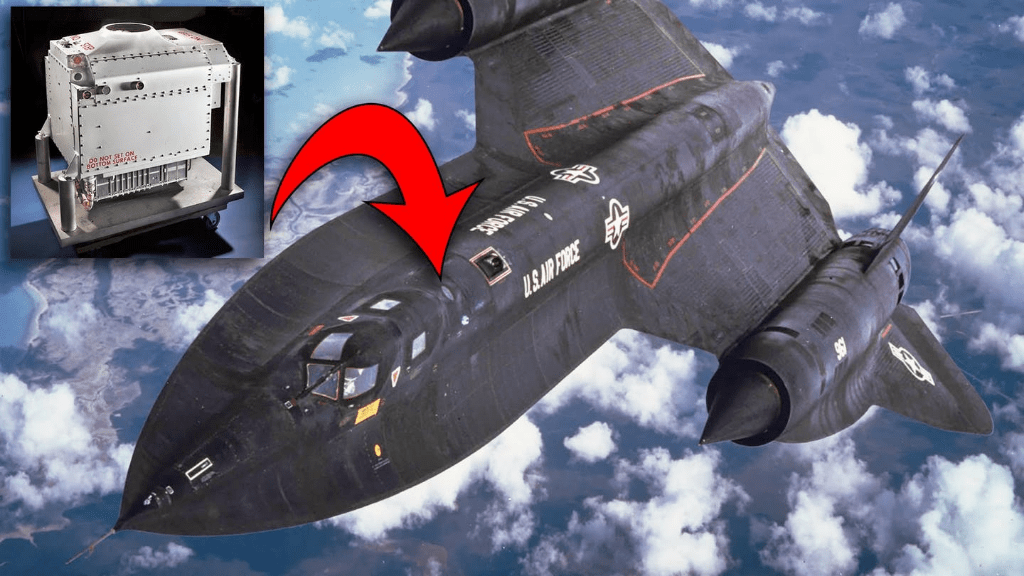
Before there was GPS or any other advanced location technologies for the fighter jets, the best way for an aircraft to determine its geographical location was ‘Star Gazing”. The best stargazing technology incorporated in an aircraft at that time was inside SR-71 Blackbird. A sensor was equipped inside the Blackbird that allowed it to look on to the tars in the space and relay that information back to the Earth for providing the pilot and the ground crew with an updated position.
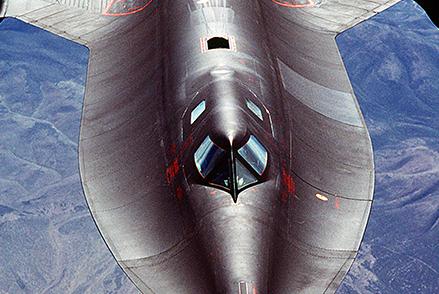
This inflation was so on point that it provided the accurate positional read for a distance within 300 feet as the aircraft flew with a speed of an average 2200 mph and all of that back in the 1960s. If this is not a jaw-dropping fact then we don’t know what is.
As for a touch of fantasy, the sensor was placed in the same place as the R2D2 was placed in the aircraft of the Star Wars character Luke Skywalker.
Blackbird expanded 3 to 4 inches midflight:-
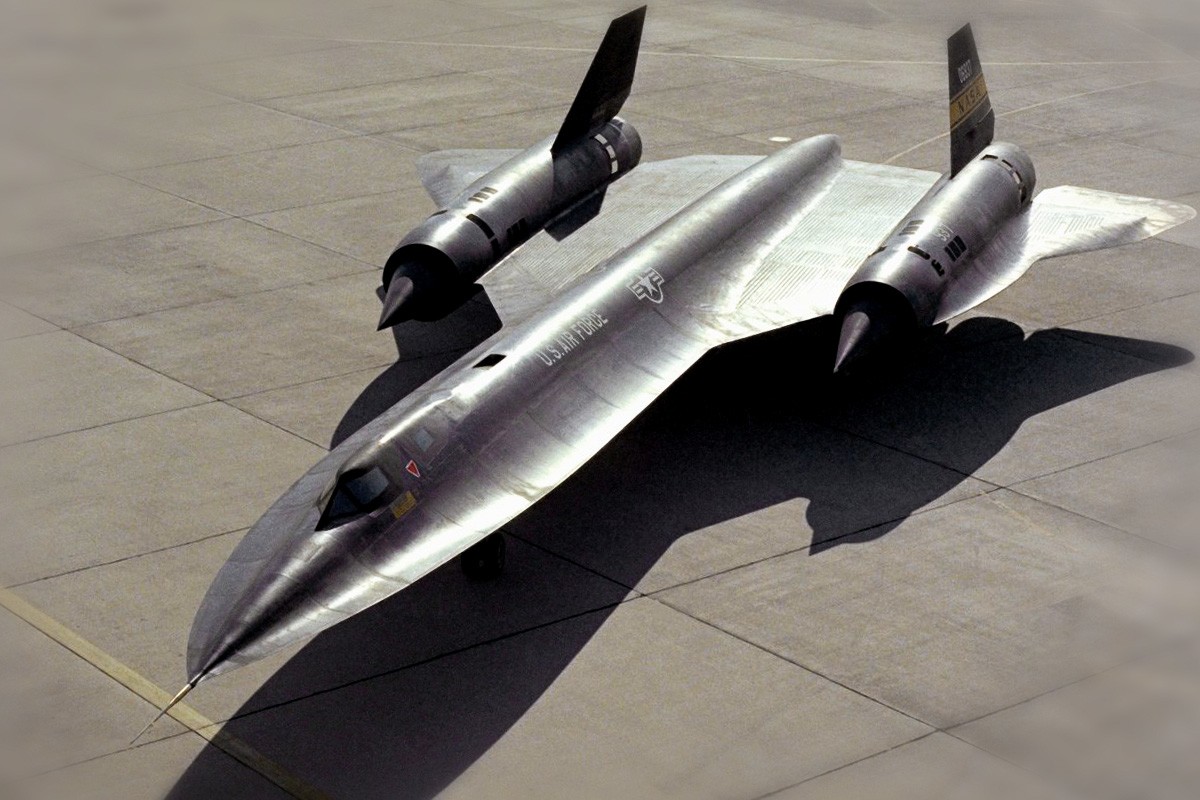
It is a common fifth-grade science knowledge that when matter gets heated, it expands and the same law applies to aircraft. In order to protect the aircraft form the metal expansion during midflight ‘Expansion Joint Lines” were placed at the strategic locations of the aircraft.
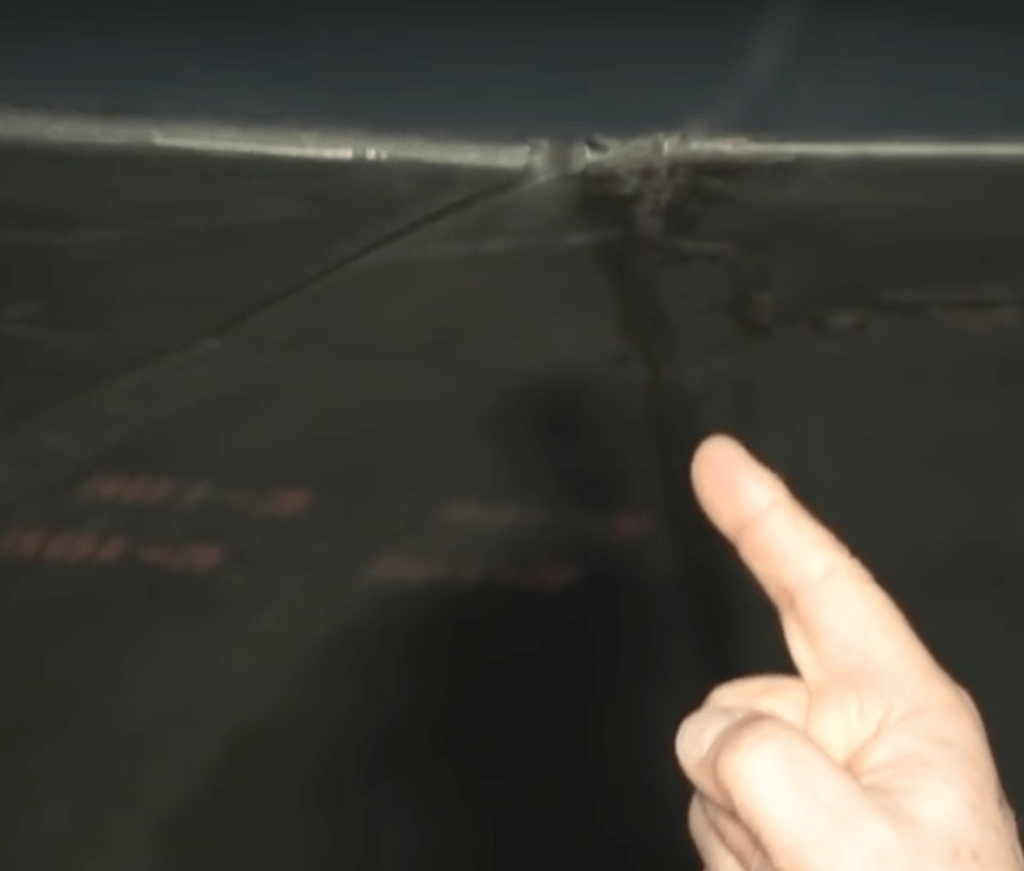
On average, an SR-71 Blackbird during its high altitude and high-speed flights would expand 3 to 4 inches with the expansion gaps expanding to 1 to 2 inches. These expansion joints were crucial for the Blackbird when it went into Supercruise.
Last but Best:-
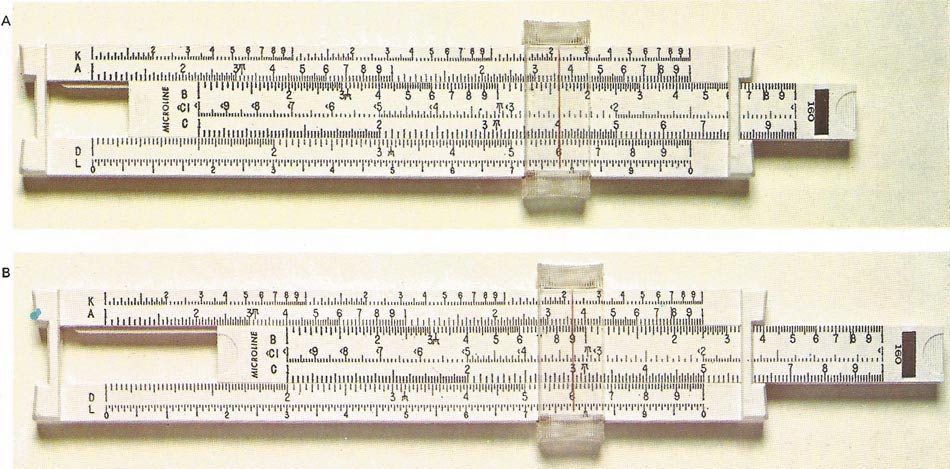
The construction of the SR-71 Blackbird was made possible by the use of “Slide Rule” and it was the last ever US aircraft to be built by such a device. Slide Rule is a mechanical numerical tool that is as big as a ruler and contains on it all kinds of numbers. These numbers related to one another depending upon the positions of the mid-slide.

The tool has been used by mathematicians and scientists for centuries for performing complex multiplications with it now being replaced by the advanced calculators and Supercomputers. Later tests performed on the credibility of the SR-71 Blackbird revealed that the aircraft was built as perfectly as it would have been built by today’s technology.
Supersonic Engine:-
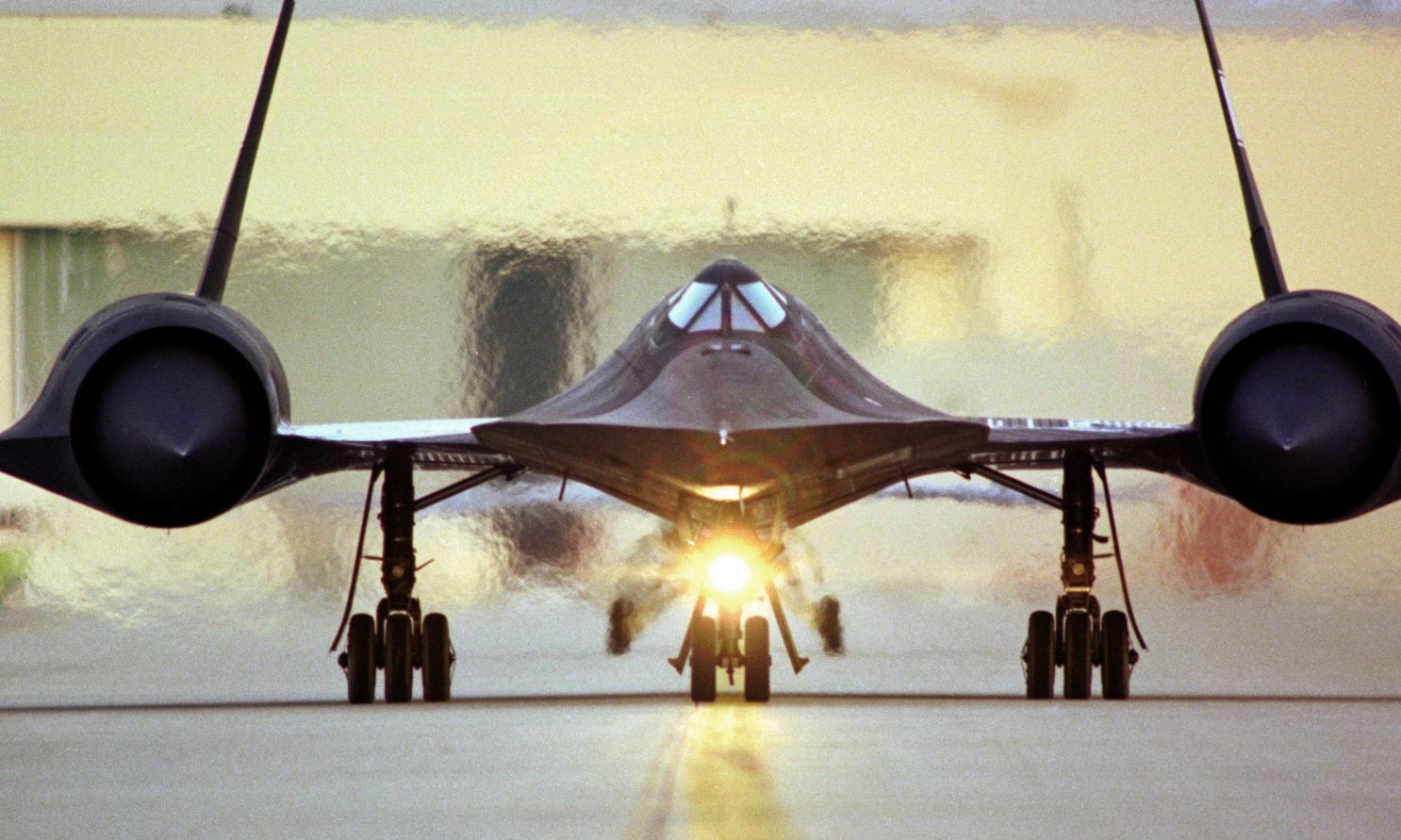
No aircraft engine has the ability to absorb the supersonic air and to counter this problem; the airflow needs to be adjusted. The spike above the engine tended to protrude outward when the aircraft reached subsonic speeds. It not only made the Blackbird to be an amazingly cool while it was on the ground but also played an important role in its flight.
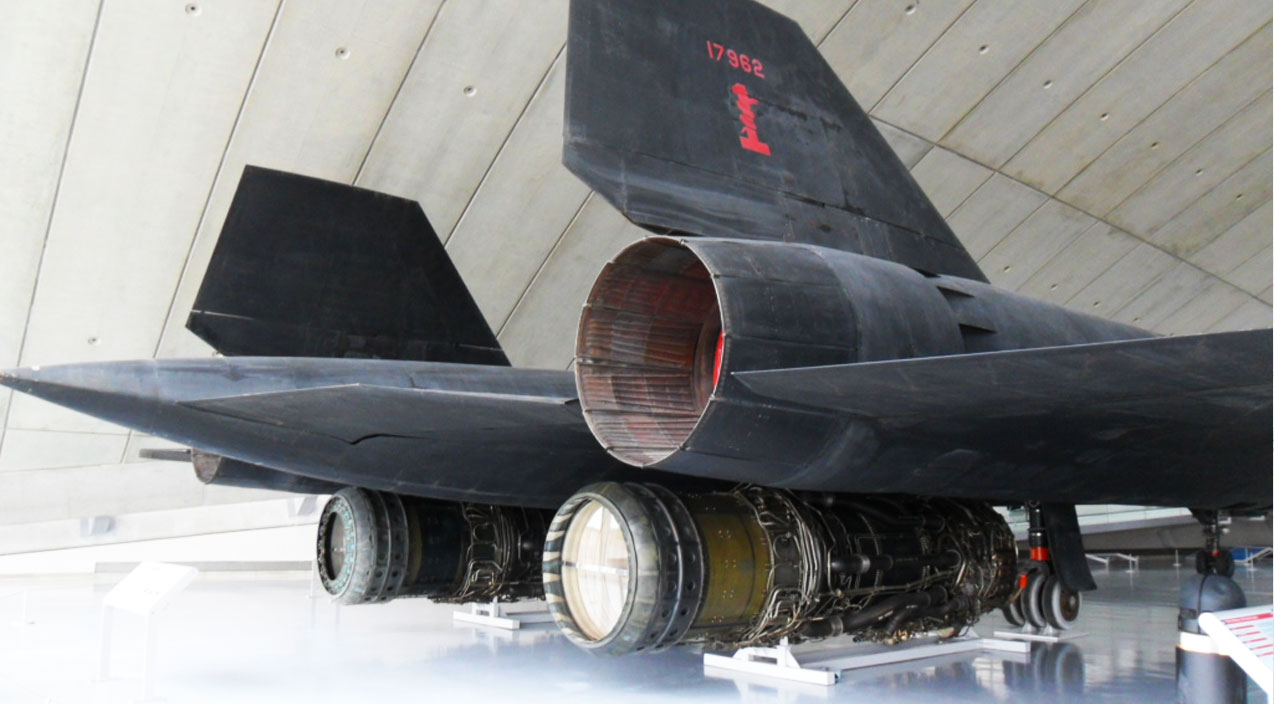
When the aircraft reached the Mach 1.6, this spike would then be forward facing and caused the airflow to double and compressed the air at the back of the spike which helped the Blackbird greatly in achieving its famed immense speeds.
Consumed less fuel at high speeds:-
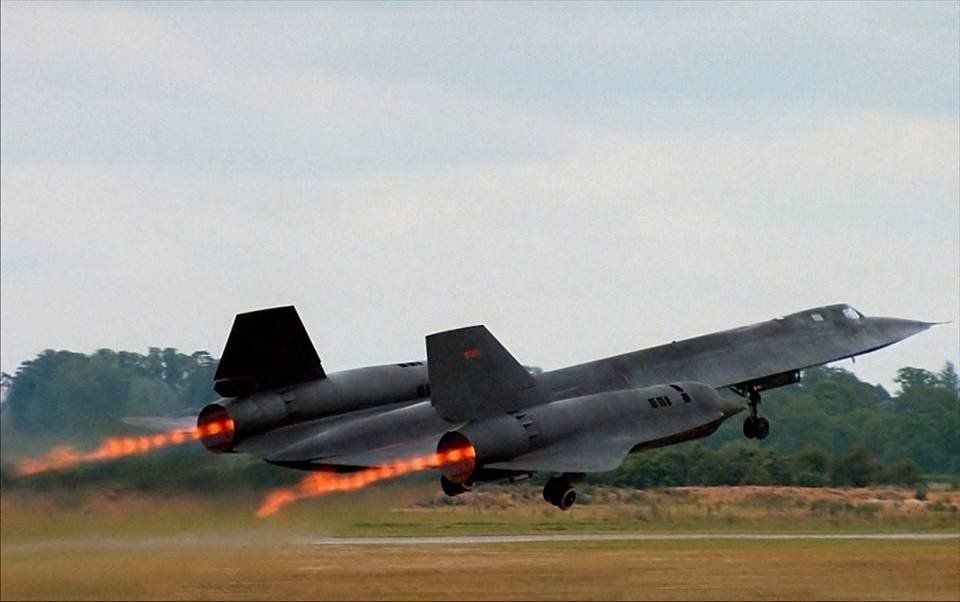
The design of the SR-71 Blackbird’s inlet/engine/afterburner is one of a kind combination in the aircraft that the world has ever seen as it allowed the aircraft to use less fuel when it achieved supersonic speeds.
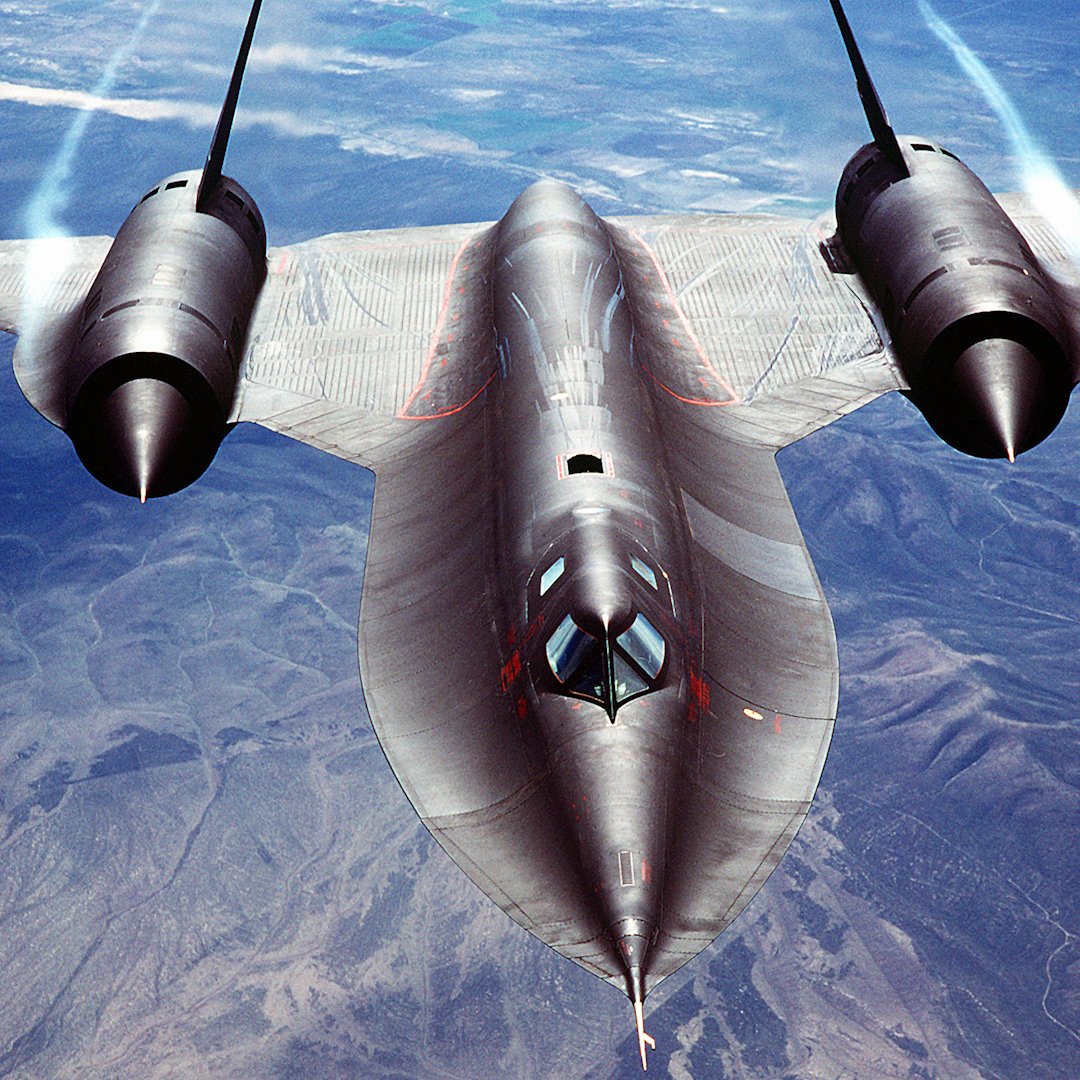
The turbojet engine of the aircraft at a speed of 2000 mph would work as a Turbo Ram Engine. In this regard, it would bypass a lot of the air around the back of the engine inside the afterburner. This was the most important function of this engine as, at a speed of 2100 mph, the 80 percent of the thrust for the aircraft was the ‘Ram Thrust”.
Sonic Boom aka ‘The Sound OF Freedom”:-
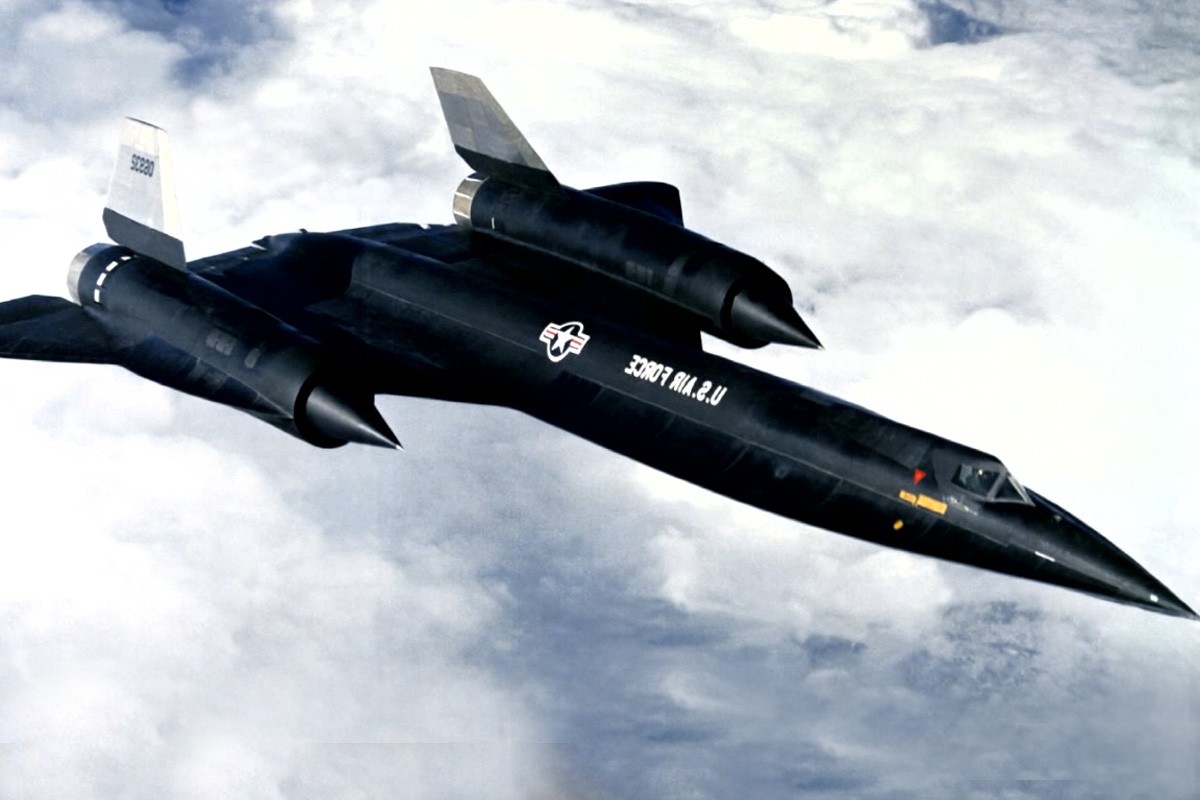
The SR-71 Blackbird when reached the supersonic speed it would create a Sonic Boom which was in fact used as a signal for the POWs held in the location of Hanoi, Vietnam. During the Vietnam War, few of the secret missions of the SR-71 Blackbird had left the Japan airspace and crossed the paths with each other over the Hanoi.
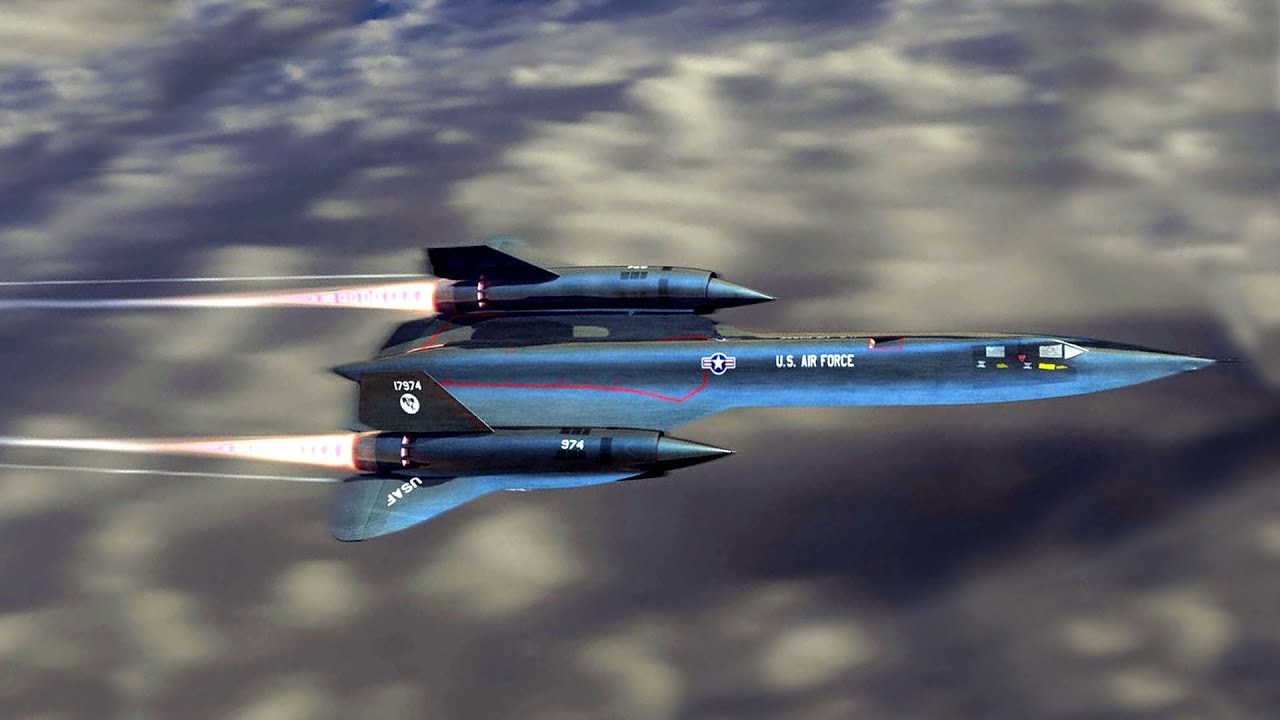
The sonic boom made by the Blackbird over the airspace of Hanoi was a signal to the prisoners of wars that if they have the chance to escape then they hosed do so because the ‘Frogmen” of the US Navy are waiting for them down the river. This same signaling style was also sounded for the US Heads of States residing in other countries especially for those in Panama. This signal was made to tell them to get out f the region.
Sympathetic Unstart
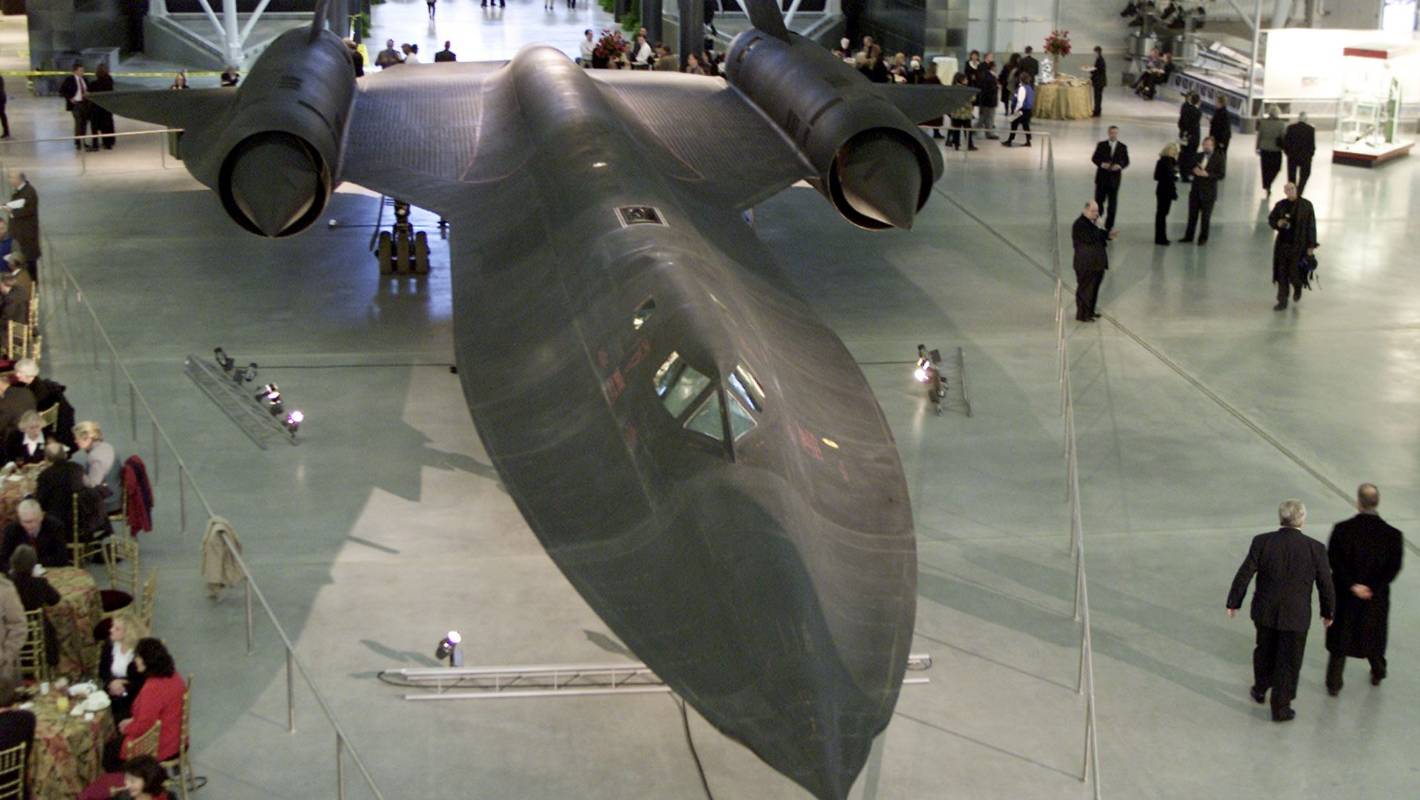
For the midflight Sr-71 Blackbird, it was necessary that the shockwaves needed to stay inside its inlet. In case of a disturbance, it caused the shockwaves to exit the aircraft’s inlet and would then cause one of the engine/inlet to produce 80 percent of the thrust and the other one producing only 20 percent of the thrust. This disturbance would then cause an unstart for one of the aircraft’s engine and caused the aircraft to undergo a violent slice.
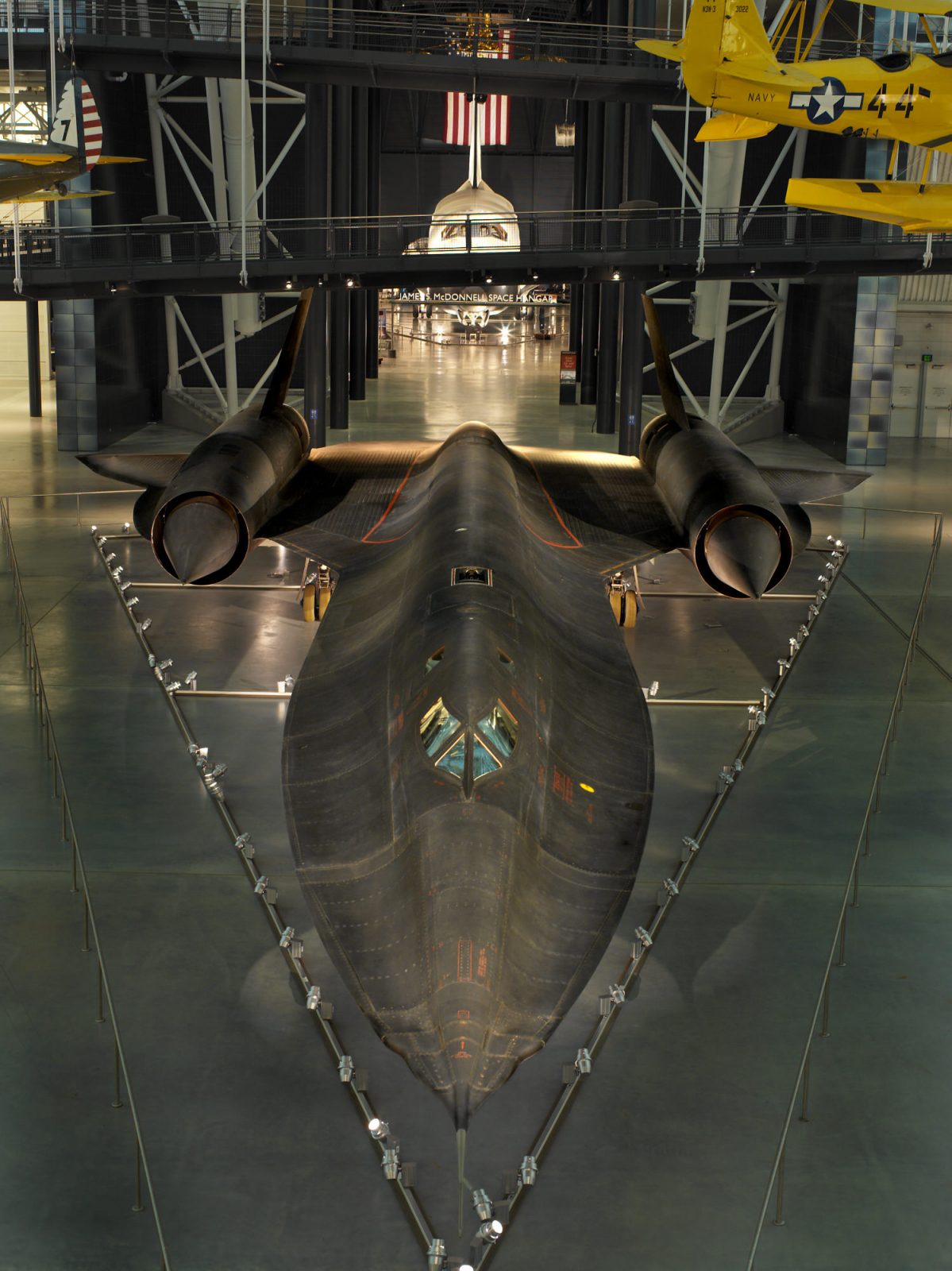
For overcoming this problem, a program was started that caused the other engine to force unstart sympathetically for keeping the thrust symmetrical. This resulted in the both of the spikes to return back to their subsonic positions and keep the aircraft level.
Related Content


